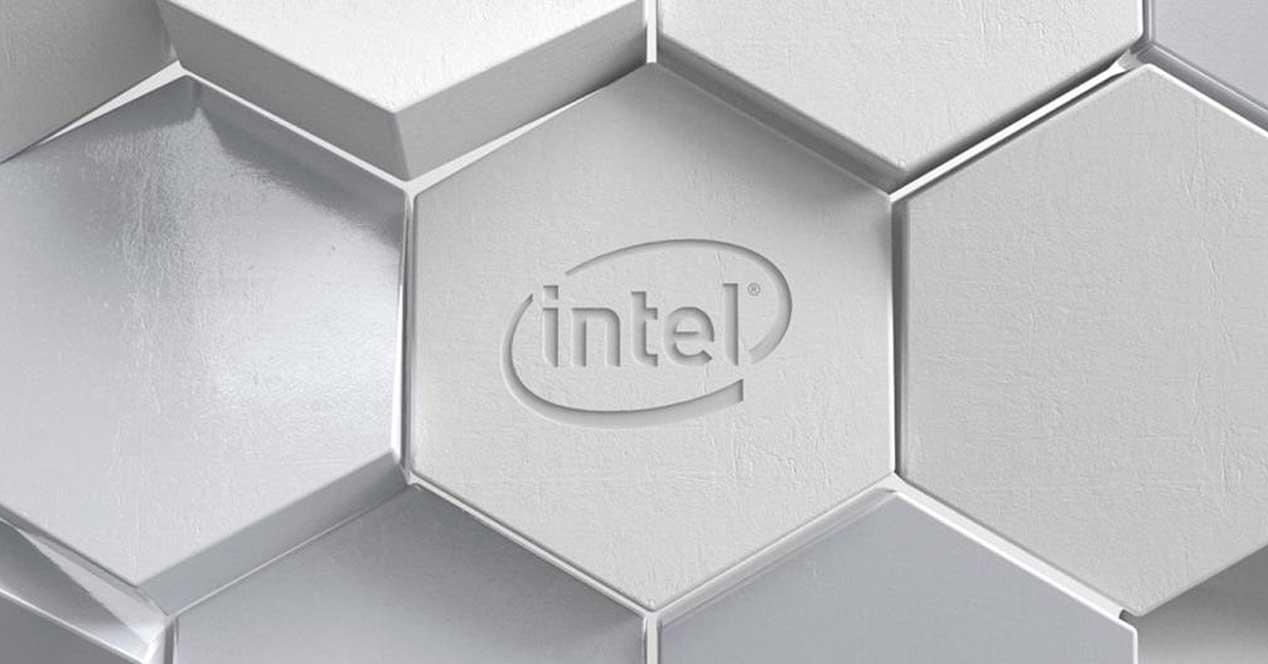First of all, we have to remember that Intel’s 10nm node in specs is the same, and at some points even higher, as TSMC’s 7nm node.
Today, the term nanometers does not refer to the actual size of transistors, but has become a marketing concept far removed from physical reality as such.
Intel Doubles Production Capacity for 10nm and 14nm Nodes
Intel has doubled its production capacity – that is, the number of chips coming out of its factories – for its 10nm and 14nm nodes. To achieve this, they have developed and deployed new ways to expand the production capacity of their factories, as well as projects to increase the number of good chips per wafer.
According to Keyvan Esfarjani, senior vice president and general manager of manufacturing and operations at Intel:
Over the past three years, we have doubled the production volume of our pads, which has represented a significant investment. Now we are not going to stop, as we continue to invest in the ability of our factories to keep pace with the growing needs of our consumers.
Intel currently manufactures its processors under its own 10nm node at its factories in Oregon and Arizona, as well as on Israeli soil.
Is the twelfth generation Intel Core approaching?
With Rocket Lake just around the corner, it seems incredible that rumors of a twelfth generation, this time based on Intel’s 10nm process, are so close, but keep in mind that Intel hasn’t. only need to succeed. effect against AMD, which with their Zen architectures has become more than a worthy rival.
Rumors suggest that Alder Lake, Intel’s twelfth-generation architecture, could see the light of day in 2021. Keep in mind that Rocket Lake continues to use Intel’s 14nm node while its successor will use the 10nm node, the that until now Intel has not dared to launch high-performance chips below.
We can’t forget the Intel Xe either, we should see the Intel Xe-HP for advanced data centers, as well as the Intel Xe-HPG with which Intel intends to stand up to NVIDIA and AMD in the passionate lineup. dedicated graphics cards. Intel’s high-end dedicated GPUs will also be manufactured under its 10nm node.
Market share matters to Intel
If we look at the historical market share of Intel and AMD, we will see that the former has smoothly dominated the market share, which means that more chips have to be manufactured due to much higher demand. . The fact that Intel has invested to double production at its factories in recent years makes sense given its typical market share.
Problems with the production of their 10nm nodes have led them to switch to smaller designs in order to get more chips per wafer, but despite Intel’s propaganda, there is still some skepticism in the industry. . It is therefore very likely that the increase in production will not be accompanied by affordable entry prices.
So don’t expect the 12th Gen Intel Core processor to be cheap, the fact that the Rocket Lake processors are so close at launch is a hint of that.










